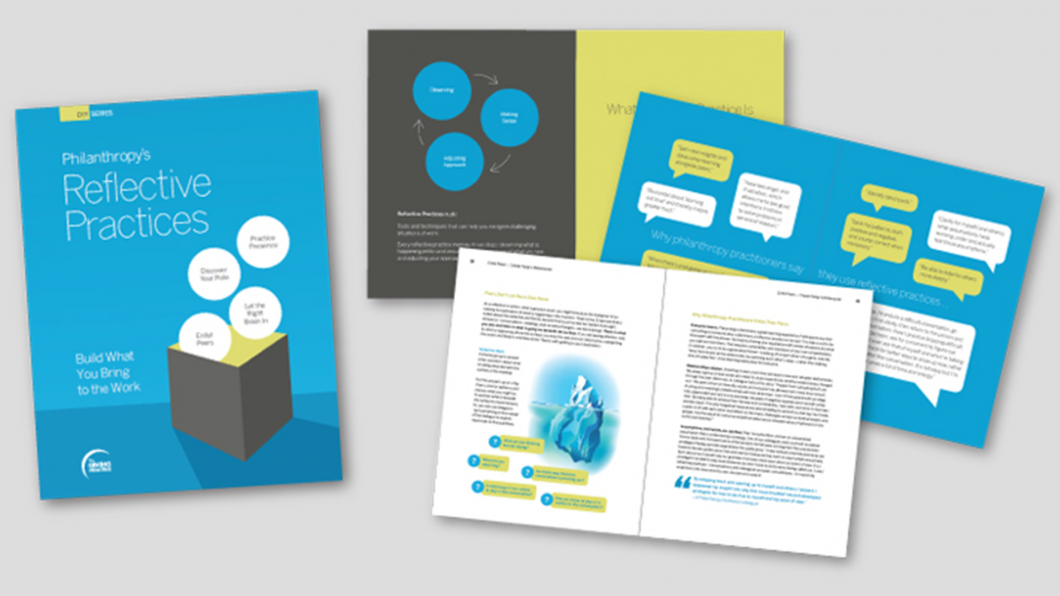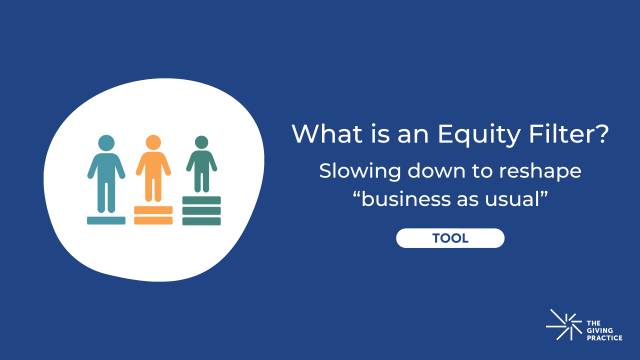
You can do one of these exercises or all of them. Either way, each time ask yourself “What am I aware of now that I was not aware of before?” Write that down. “What might I do differently next time I’m in that situation?” Write that down.
1. Pay attention not only to what happened but what is happening beneath the surface.
All events—meetings, conversations, even email exchanges—are like icebergs: There is what you see and then there is what is going on beneath the surface. If you are paying attention only to what is happening above the surface you miss the vast and rich data that is undergirding the action.
2. Take your challenges outside by doing some interior work.
Think of a challenging work situation that required your leadership and didn’t go quite the way you hoped. You can’t know what was going on for others (unless you ask!). But you can always check in with your own feelings, what you are observing, whether something hit a “hot button” for you, what you might have been thinking but not saying, whether you had some unexamined assumptions about the goal, the task or the group that might have impacted what was happening “above the water line.” Try writing down answers to these questions to see whether you learn something new about what happened:
- What were you trying to accomplish?
- What happened?
- What was happening for you, “beneath the waterline”?
- What made it challenging for you?
You might try doing this with the group at the end of a meeting as a check in.
3. Find an image that evokes what the challenging situation felt like to you.
Find a listening partner and use the image to tell what happened including what was going on for you “beneath the waterline” that you may have been aware of in the moment or occurs to you now. In the image you may see some of the assumptions, reactions, triggers, mindsets that you held but didn’t directly express in the moment. If you can identify them, what leadership traits (personal/professional strengths) helped you in the moment? As you describe the situation through the image, can you see what leadership traits you might have called on for a different outcome?
4. Listen to someone describe their challenging situation through an image.
Try to actively listen without solving their problem. Think about what their story evokes from your experience and what comes up for you when you look at their image. Listen for 5 minutes without talking, then share your thoughts.
5. Find a pivotal conversation and examine the script.
Make two columns on a piece of paper. Go back to your challenge to remember a pivotal moment in your conversation that represented the conflict or place where you got stuck. In one column, jot down what you said and what the other person said as if it were a script in a movie. Then in the other column, take a risk and write what you were thinking but not saying, what you were feeling and what you were saying but didn’t really mean.
For more information about Reflective Practices, please click here.



